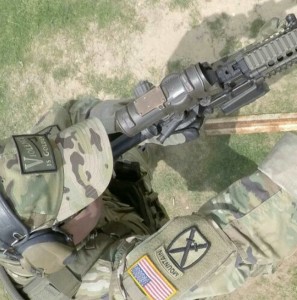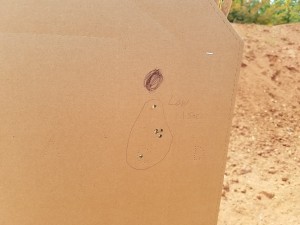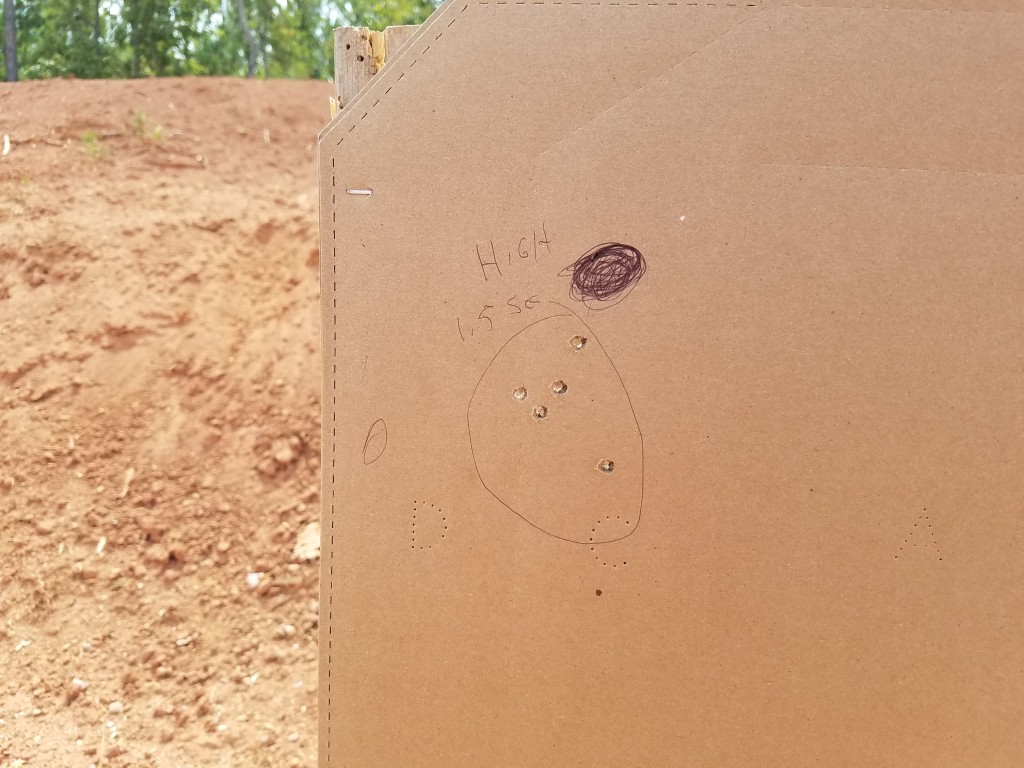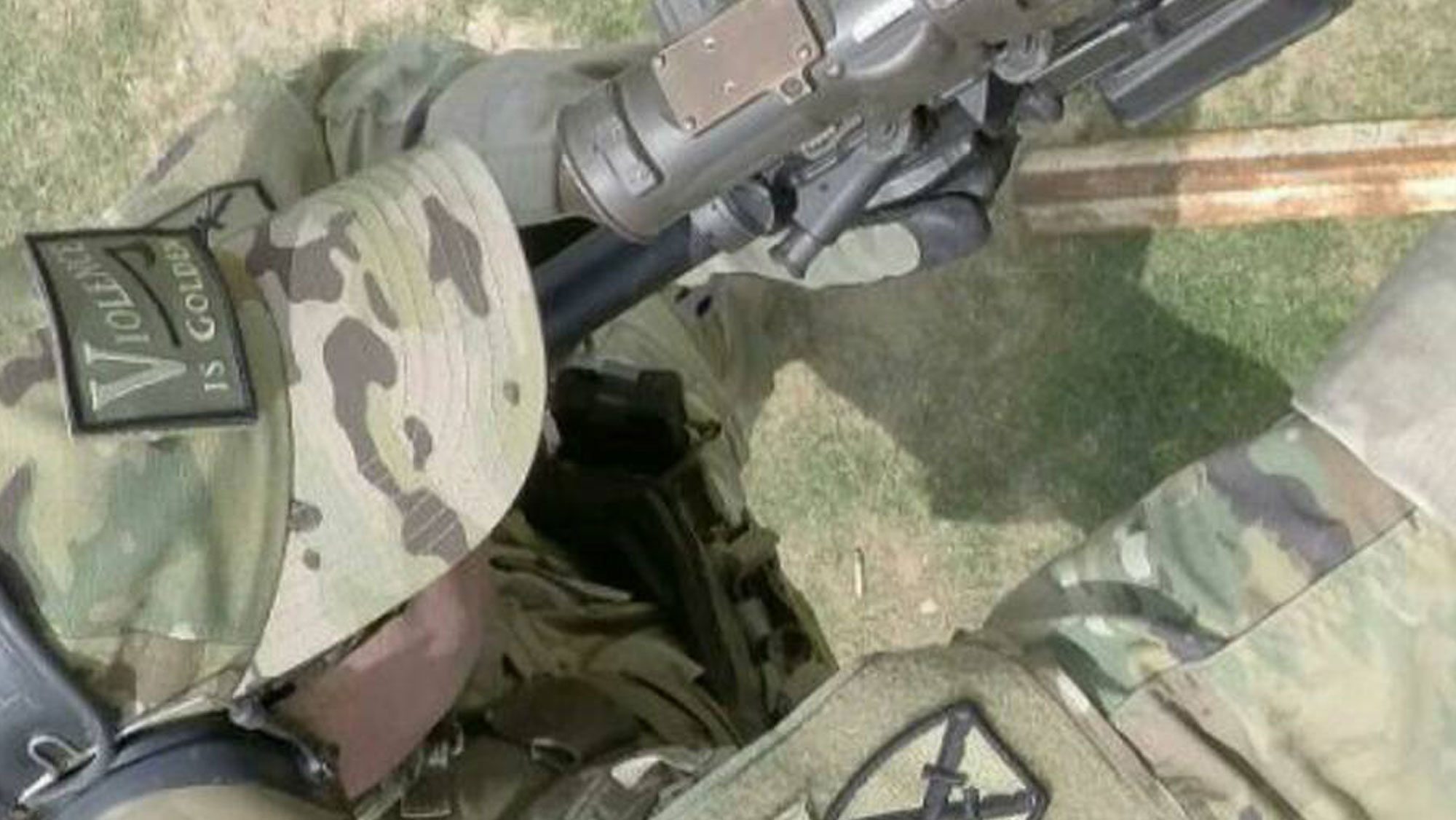By Ash Hess

Running guns or gunfighting is about time and angles. One can time every aspect of a shot down to the millisecond. Once this is done you can find ways to make up time. The round and the machine (rifle or pistol) take a certain amount of time to do their job. This includes time of flight for the bullet, the time it takes the bullet to accelerate down the barrel, the time it takes the machine to cycle and feed a new round and the time it takes to eject the spent round are all pretty much set by whoever designed and manufactured it. This post is about finding time and making it work for you.
You have probably heard many instructors or trainers say the term “drive the gun” but rarely do they go into everything that this entails. What I want to do is lay some of that out. First I need to set conditions. To work this you need a shot timer, a plan and a weapon. I highly recommend starting with dry fire and then working into laser, milsim, Sims, and then live. Most drills look like this:
Standing low ready, 5 yards, 1 shot, 1 second
As an example, let’s run that drill with the rifle.

On the beep the average reaction time is 0.5 seconds. In Top Fuel drag racing a .5 is known as a hole shot. With that as a base line that leaves us .5 secs to get the rifle up, aim some way and press the trigger. Here is where we begin to have issues. If we are slow getting the rifle up, call it 0.25, we have less time to aim. With less time, the final 0.25 seconds, to aim we really can’t predict where the shot will land. Depending on the target this can be acceptable or a miss. If I give you a 20×40 target and you hit that then you succeeded. If I reduce that to a 3 inch circle you need more time on the sights. You find that time by driving the gun up harder. Simple math tells us that if I get the gun into position in 0.15 now I have 0.35 to aim and press the shot. I am still using the same 1 second to do the shot but my accuracy is going to increase with the extra time on the sights.
In the work up for this blog post I went to the live range and ran the above drill. The first few rounds I was barely making time with my required accuracy. As I drove the gun harder I was able to get the rifle up and fire 2 shots in the same 1 second with .2 splits. That being said, let me lay out the time from the shot timer data. This is still the same drill at five yards.
Beep
0 sec
0.64 first shot
0.87 second shot
Beep.
With my splits running about 0.2 my third shot was always just over time. I went back down to one shot on the beep and ran the drill five more times going for accuracy. My average time was 0.71 sec with a group size of about two inches. I was letting the aim settle for a tenth or so before the shot so I could have actually slowed down more and tightened the group up and still made time. So think about if I had 1.5 seconds to use. By driving the gun hard into the pocket I would have nearly a second to perfect aim and place the round exactly where I wanted it. In real life, we know that shot placement is king. This is even agreed upon in the great caliber wars. Therefore, if I can get a well-aimed shot placed, my odds of winning are significantly increased.

Another thing to take into account is velocity. I was using 5.56 rounds with a muzzle velocity of 3000 feet per second. Force on Force rules and safety have the muzzle velocity for paintball and milsim weapons at around the 350 feet per second range. This means it takes more time for my projectile to reach the target. If my target is only exposed for 1 sec driving the gun up and into the fight, it allows me time to aim and subsequently time for the projectile to reach the target.
Life is not just about the low ready. I did the same drill from the high ready (true High Ready as laid out in the US Army’s TC 3-22.9 May of 2016) I was unable, due to a lack of practice, to meet the time hack of 1 sec so I modified to 1.5 secs. As you can see in the pictures, the group was nearly the same but it took nearly .4 seconds longer to get the rifle into place. This is not to say the position is slower, but that I was slower. My average for the High ready was 1.3 seconds. I am sure by following the practice plan I laid out above, I could get the shot down below 1 sec.

To tie this all together, practice as well as train with a shot clock. You can do the same breakdown for transitioning between targets, turns, and even tactical movement. It hurts the ego, but from the ashes of failure comes true skill sets that can be applied to most things in this world, be it for live fire or Sims. As distance increases the times will be slower as we need to spend more time focusing on each step in the Shot Process in order to get a solid hit. A fist size (6 inches) is very easy at 10 yards but is extremely hard at 600 yards. Lastly, most of the time the slowest element is the shooter.


One thought on “Time”
Comments are closed.